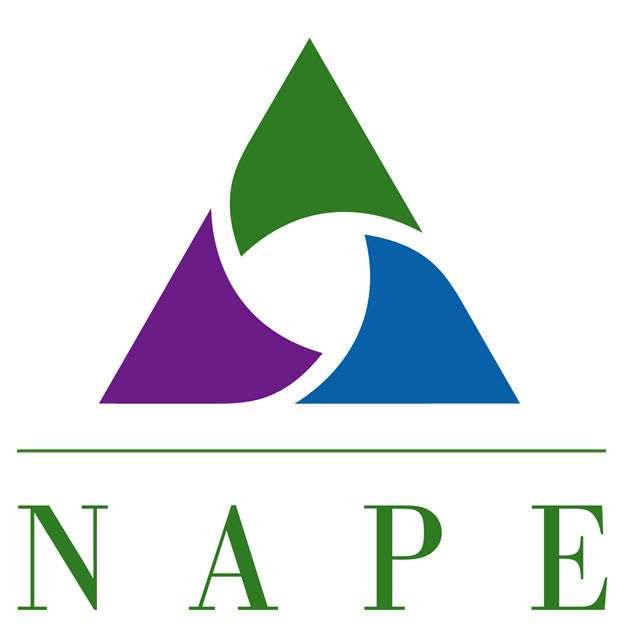Make the Future – NT 5.5 References
Amendment of the Perkins Vocational and Technical Education Act of 1998.
Retrieved from:
http://www.gpo.gov/fdsys/pkg/BILLS-109s250enr/pdf/BILLS-109s250enr.pdf
California Community Colleges. (2013). Special population core indicators. Retrieved from https://misweb.cccco.edu/perkins/Core_Indicator_Reports/Core_SpecialPopulation.aspx
Carl D. Perkins Career and Technical Education Improvement Act of 2006, Pub. L. No. 109–270. 120 Stat. 683 (2006). Retrieved from http://www.gpo.gov/fdsys/pkg/PLAW-109publ270/pdf/PLAW-109publ270.pdf
Cherry, K. (n.d.). What is self-efficacy? Retrieved from http://psychology.about.com/od/theoriesofpersonality/a/self_efficacy.htm
Consortium for Media Literacy. (May, 2013). Connect!ons: Med!aLit moments. Retrieved from http://consortiumformedialiteracy.org/images/NEWSLETTERS/responding%20to%20racism%20and%20stereotypes%20in%20media.pdf
Dweck, C. S. (2006). Mindset: The new psychology of success. New York: Random House.
Fisk, S. (2011). Negative + math + stereotypes = Too few women. The Clayman Institute fror Gender Research. Retrieved from http://gender.stanford.edu/news/2011/negativemathstereotypestoo-few-women-0
Frost, J. H. & Wiest, L.R. (2007). Listening to the girls: participant perceptions of the confidence‐boosting aspects of a girls’ summer mathematics and technology camp. The Mathematics Educator, 12(2), pp. 31‐40. Retrieved from http://math.coe.uga.edu/tme/issues/v17n2/v17n2_Frost.pdf.
Girls Scouts of America. (2008). Evaluating promising practices in informal information technology (IT) education for girls: PHASE III: Women in IT—.html results. Retrieved from http://www.girlscouts.org/research/resources/evaluating_promising_practices_in_informal_it_education_for_girls.pdf.
Joint Economic Committee, United States Congress. (2010) Invest in women, invest in America: A comprehensive review of women in the U.S. economy. Retrieved from http://www.jec.senate.gov/
Lewin, Tamar. (2010, January 20). If your kids are awake, they’re probably online. The New York Times. Retrieved from http://www.nytimes.com/2010/01/20/education/20wired.html?_r=0
McCarthy, R. R., & Berger, J. (2008). Moving beyond cultural barriers: Successful strategies of female technology education teachers. Journal of Technology Education 19(2), pp. 65-79. Retrieved from http://scholar.lib.vt.edu/ejournals/JTE/v19n2/pdf/mccarthy.pdf
Morrell, C., & Parker, C. (2013). Adjusting micromessages to improve equity in STEM. Diversity & Democracy, 16(2). Retrieved from http://www.aacu.org/diversityDemocracy/vol16no2/morrell_parker.cfm
Peer Health Exchange. (2013). Our program. Retrieved from http://www.peerhealthexchange.org/our-program/
Rowe, M. (2008). Micro-affirmations & micro-inequities. Retrieved from http://web.mit.edu/ombud/publications/micro-affirm-ineq.pdf
National Alliance for Partnerships in Equity Education Foundation. (2009). Nontraditional career preparation: Root Causes & Strategies. Retrieved from http://www.stemequitypipeline.org/_documents/Root%20causes%20strategies4.20.09.pdf
Perkins Collaborative Resource Network. http://cte.ed.gov
Sanders, J., Koch, J., & Urso, J. (1997). Right from the start: Instructional activities for teacher educators in mathematics, science and technology. Hillsdale,NJ: Lawrence Erlbaum.
SciMathMN. (2012). Parents: Introducing the Minnesota STEM network. Retrieved from http://www.scimathmn.org/parents.htm
Smith, A. (2004). The power of peers. The Institute for Youth Development. Retrieved from http://www.youthdevelopment.org/articles/fp109901.htm
Steele, C. M., & Aronson, J. (1995). Stereotype threat and the intellectual test performance of African Americans. Journal of Personality and Social Psychology, 69(5), pp. 797-811.
United States Bureau of Labor Statistics. (2013). Labor force statistics from the Current Population .html. Household data annual averages: Employed persons by detailed occupation, sex, race, and Hispanic or Latino ethnicity. Retrieved from http://www.bls.gov/cps/cpsaat11.htm
Yurkiewicz, I. (2012, September 23). Study shows gender bias in science is real. Here’s why it matters. Scientific American. Retrieved from http://blogs.scientificamerican.com/unofficial-prognosis/2012/09/23/study-shows-gender-bias-in-science-is-real-heres-why-it-matters/
Zuga, K. F. (1999). Addressing women’s ways of knowing to improve the technology education environment for all students. Journal of Technology Education, (10)2. Retrieved from http://scholar.lib.vt.edu/ejournals/JTE/v10n2/zuga.html

